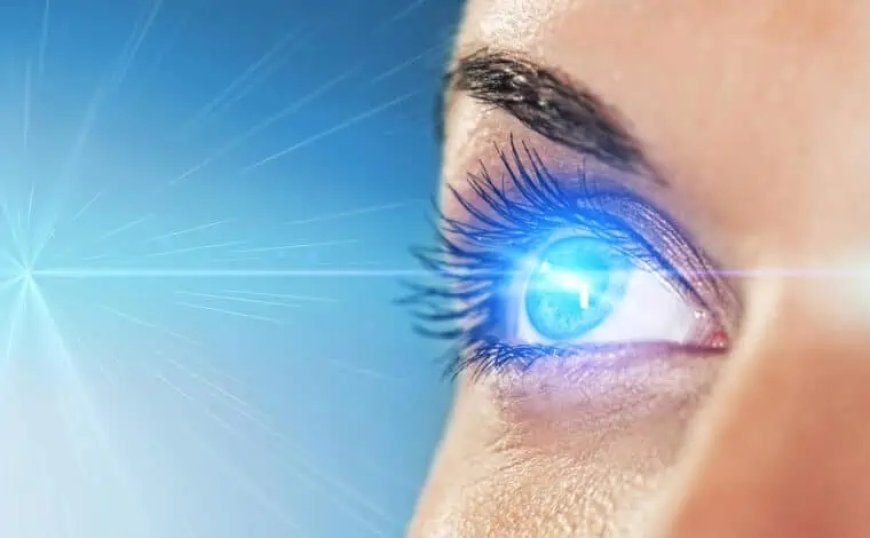UV Rays And Eyes
You’ve heard it from your parents, your optometrist, and even your friends – wear sunglasses when you go outside.

You’ve heard it from your parents, your optometrist, and even your friends – wear sunglasses when you go outside.
While they’re essential for looking cool on the beach, sunglasses are also important for protecting your eyes from the sun’s dangerous ultraviolet (UV) rays. UV radiation is an invisible form of light that’s produced by the sun. We’re exposed to it daily, regardless of the season or the weather. Unfortunately, UV radiation can be extremely harmful and lead to serious vision problems. That’s why it’s important to understand what UV radiation is, how it affects your eyes, and how to protect them.
What are UV Rays?
Ultraviolet (UV) radiation is a part of what is known as the electromagnetic spectrum. UV radiation is just below the visible light range that our eyes can detect. It can’t be seen with the naked eye, so it’s important to take precautions. As nature’s invisible form of radiation, UV radiation is found everywhere. It is present in natural sunlight and in most artificial light sources like fluorescent bulbs and LEDs.
Types of UV Rays
There are three types of UV rays: UVA, UVB and UVC. UVA rays have the longest wavelength, while UVB rays have a shorter wavelength. Both UVA and UVB rays reach the Earth from the sun, while UVC rays are completely absorbed by the atmosphere and never reach the Earth's surface. UVA rays are the most prevalent form of radiation. They can penetrate glass and clouds, and are responsible for skin aging and wrinkling. UVB rays can also penetrate glass, but are more likely to be absorbed by clouds.
Effects of UV Rays on Eyes
UV radiation is the number one cause of long-term, potentially blinding eye problems like cataracts, retinal damage, and pterygium. UVA radiation is responsible for most of the long-term eye damage that occurs over time. UVB radiation may not cause as much eye damage over the long-term, but it will cause sunburned eyes and immediate damage to the cornea and lenses. Over-exposure to UVA and UVB rays can also lead to other vision problems including blurred vision, eye strain, and macular degeneration.
In addition to these long-term problems, UV radiation can also cause short-term problems such as snow blindness and photokeratitis. Snow blindness occurs when a person’s eyes become inflamed due to the UV radiation reflecting off the snow. Photokeratitis is a condition in which the cornea and conjunctiva become inflamed.
How to Protect Your Eyes from UV Rays
The most effective way to protect your eyes from UV radiation is to wear sunglasses. Look for a pair of sunglasses that blocks out at least 99% of both UVA and UVB radiation. You should also make sure they block 75% - 90% of visible light. If you need prescription glasses, consider getting a pair with UV-protective coating on the lenses.
In addition to sunglasses, you can also protect your eyes from UV radiation by wearing a wide-brimmed hat. A hat will help to shield your eyes from the sun’s rays and also protect the delicate skin around your eyes. Wear a hat whenever possible, especially when spending time outdoors.
UV radiation is an invisible form of light that is present everywhere. It can lead to long-term eye damage, including cataracts, retinal damage, and pterygium, as well as short-term problems such as snow blindness and photokeratitis. It is important to take steps to protect your eyes from UV radiation, such as wearing sunglasses and wide-brimmed hats. By taking these precautions, you can help to protect your eyes from the damaging effects of UV radiation.
